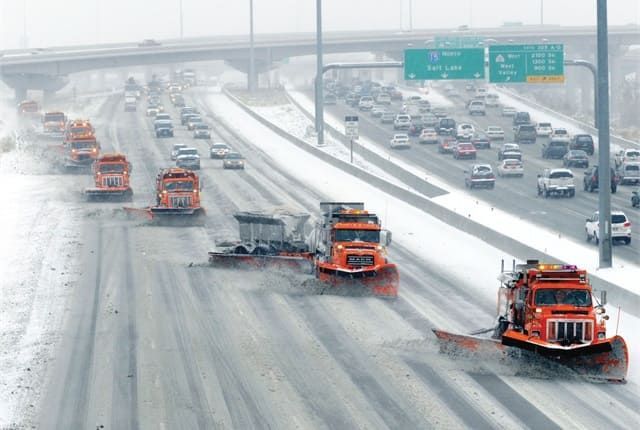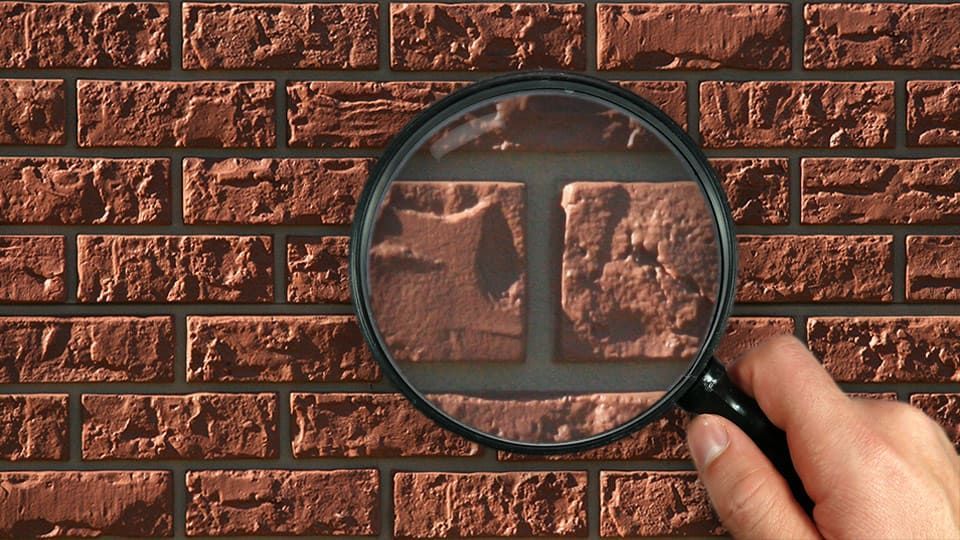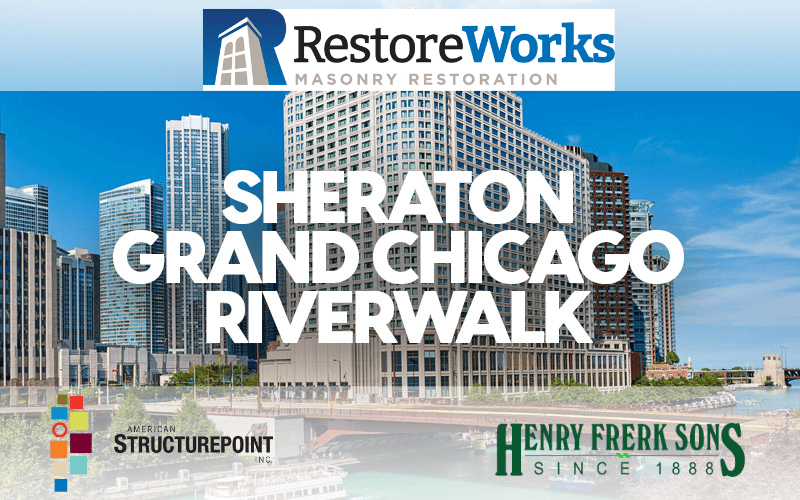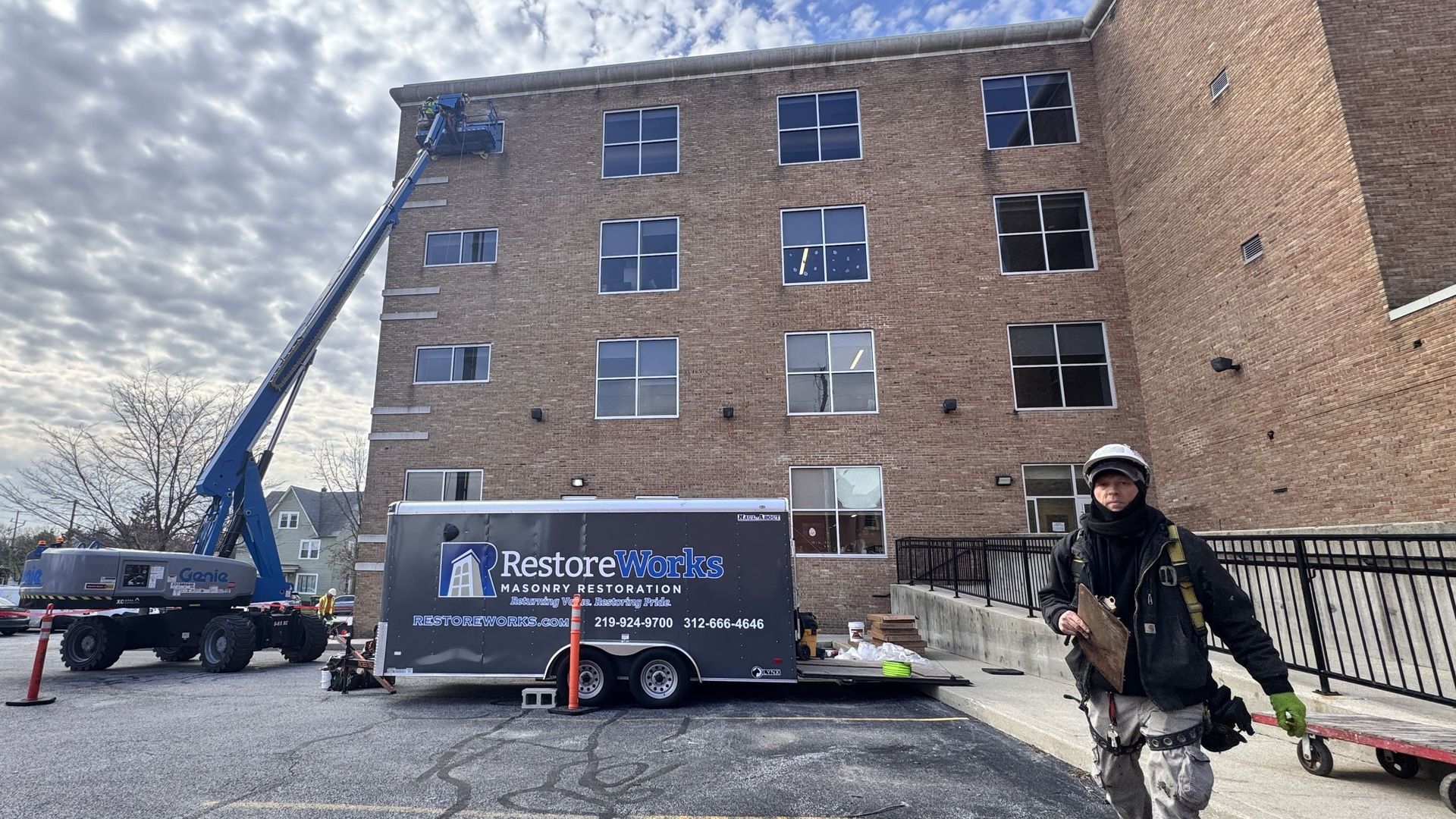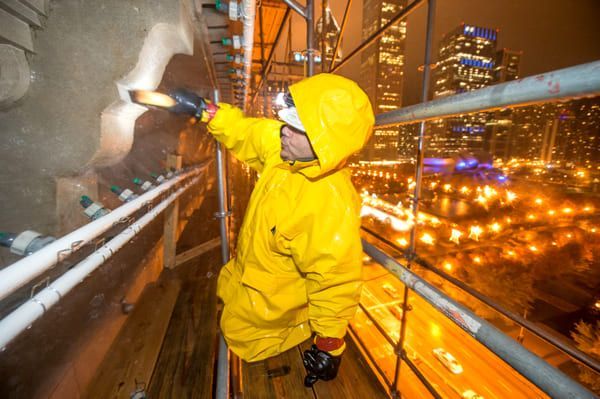Meeker Hall is one of several historic brick buildings located at the Lake County Fairgrounds in Crown Point, Indiana, a site that has hosted the Lake County Fair since 1852 and features notable landmarks like the county’s only covered bridge. DLZ Indiana, LLC initially invited RestoreWorks to conduct a site walkthrough and provide a budgetary estimate for work to replace aging storm water drains and damage to the adjacent wall which suffered repeated leakages and freezing due to a lack of heat within the building. It also included repairs to interior walls due to previous and current roof leaks. This invitation was based on the trust built through prior collaboration between DLZ and RestoreWorks’ Project Manager Christian Kundel established during masonry repairs to the Fairground’s Industrial Building. The project was later publicly bid, and RestoreWorks was awarded the General Contracting contract for the masonry restoration work with Babilla Roofing selected as subcontractor to handle the roofing scope.
This project called for exactly the kind of work RestoreWorks is known for: combining technical precision and thoughtful planning with sensitivity to the building’s historic value. We respected the historic character of the structure as much as possible while also providing long-lasting structural stabilization to prevent further deterioration and minimize visual impact on the original appearance. The structure’s historic setting, public visibility, and complex conditions called for solutions that balanced performance with preservation.
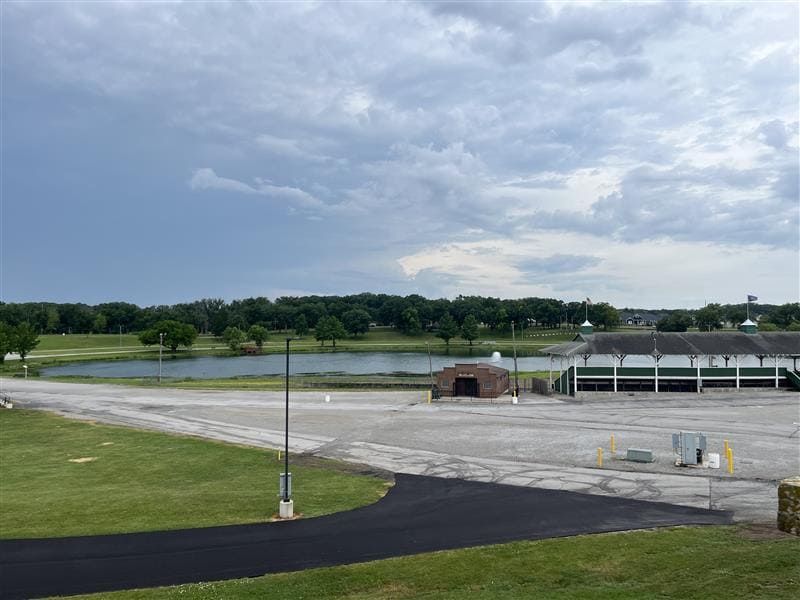
Scoping the Work: A Phased and Practical Stabilization Plan
RestoreWorks began with a full mobilization plan, ensuring safe site access and minimal disruption to surrounding fairgrounds activities. The team worked closely with DLZ and Babilla Roofing to coordinate sequencing and access, especially around roof drain locations and shared facade areas.
One of the more involved tasks was the demolition and rebuilding of masonry surrounding roof drain penetrations. This included installing temporary plumbing reroutes to access wall cavities. The original collector box was removed, and a modern roof drain system was selected for improved durability and performance. Coordination with other trades was essential to keep progress on track.
In one instance, RestoreWorks masons stayed after hours to complete critical wall repairs ahead of Babilla Roofing’s scheduled drain work the following day. After Babilla removed the existing EPDM flashing, previously hidden damage to the parapet wall was discovered. Since the repairs needed to be dry and cured before Babilla could reinstall the flashing, RestoreWorks began working on it immediately to avoid delays. The damage wasn’t identified until midday, but the team adjusted quickly to ensure the project timeline stayed on track. This kind of flexibility allowed RestoreWorks to respond to unforeseen conditions and keep the project moving so roofing crews could begin their work without interruption.
“Christian Kundel and the crew was able to react quickly while keeping me informed of the findings which kept us on schedule,” said John Kirk of DLZ Indiana.
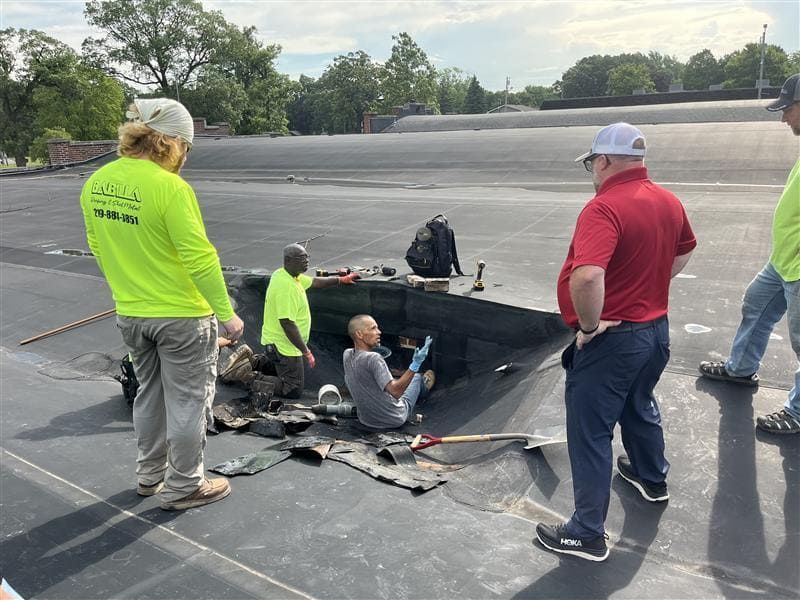
Key masonry scopes included:
- Rebuilding deteriorated column corners and center wall sections, where moisture and freeze-thaw had caused visible damage.
- Spot tuckpointing and selective brick replacement in areas with voids or signs of water infiltration.
- Parging approximately 400 sq. ft. of repaired or replaced damaged masonry and around demoed piping using Type S mortar to smooth uneven substrates important for future finish work and surface stability.
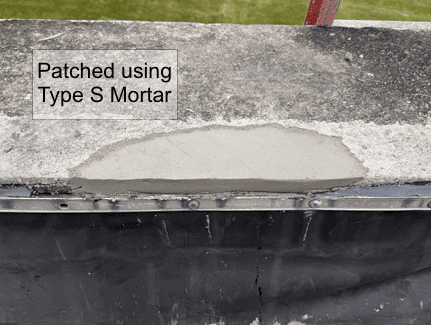
- Rust removal from existing steel lintels to preserve structural integrity and prepare them for future coatings.

Material Decisions and Restoration Sensitivity
Since Meeker Hall will be scheduled for repainted in the future, RestoreWorks prioritized brick selection based on texture and size rather than color, ensuring a consistent post-painting appearance. Wire-cut brick was selected for its visual compatibility with the existing masonry. Below the existing window sills, a parge coat using SpecMix Type S mortar was applied over the brick instead of full replacement, which was deemed cost-prohibitive. This approach provided effective stabilization while balancing performance and budget considerations.
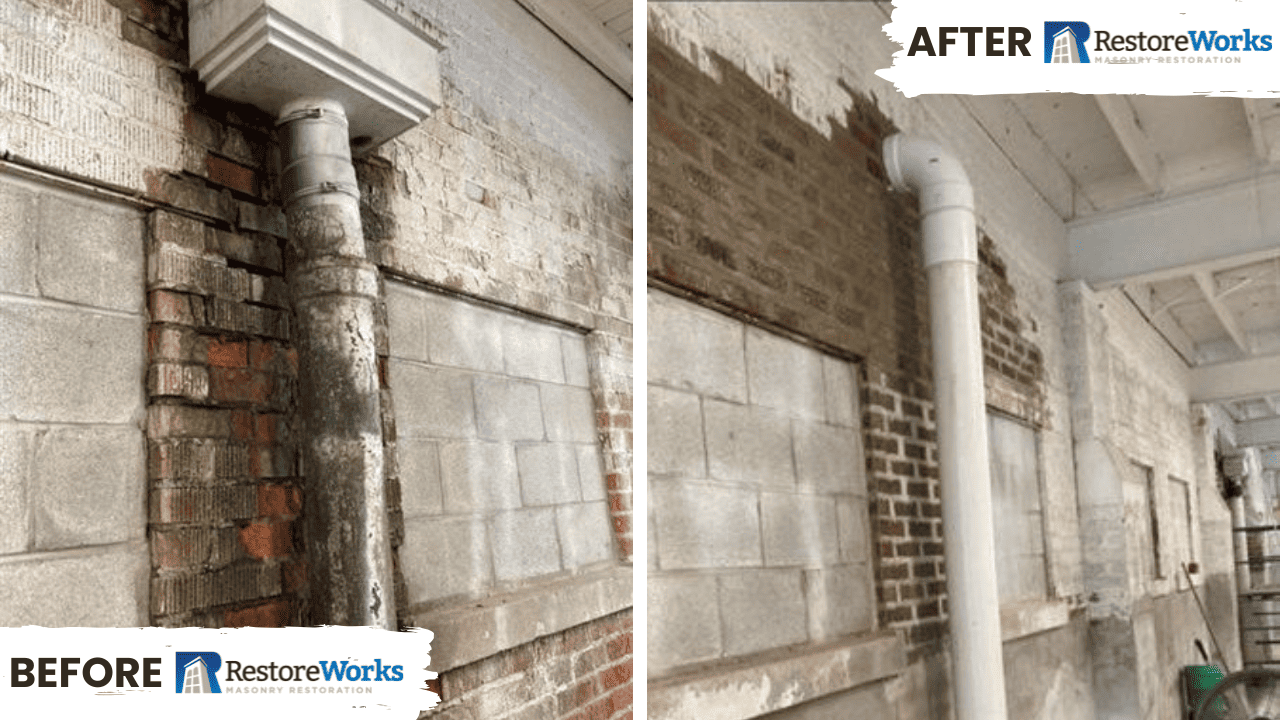
During demolition, deeper wall sections revealed cinder block backup, a detail that informed repair choices and reinforced the importance of working with a team experienced in evaluating in-wall conditions on older buildings.
Working on a Public Site: Safety, Cleanliness, and Coordination
As with many restoration projects, previously hidden conditions were uncovered once work began. During roofing coordination, insect-infested rafters were discovered in certain sections. RestoreWorks implemented temporary mitigation measures to preserve site safety and ensure the work could continue as planned.
The Lake County Fairgrounds remained in regular use during construction so staging, access, and cleanup required extra attention. RestoreWorks maintained a compact, organized job site, and performed daily cleanups to avoid disruption to other facility operations. With work visible to the public and local stakeholders, attention to detail mattered both technically and visually.
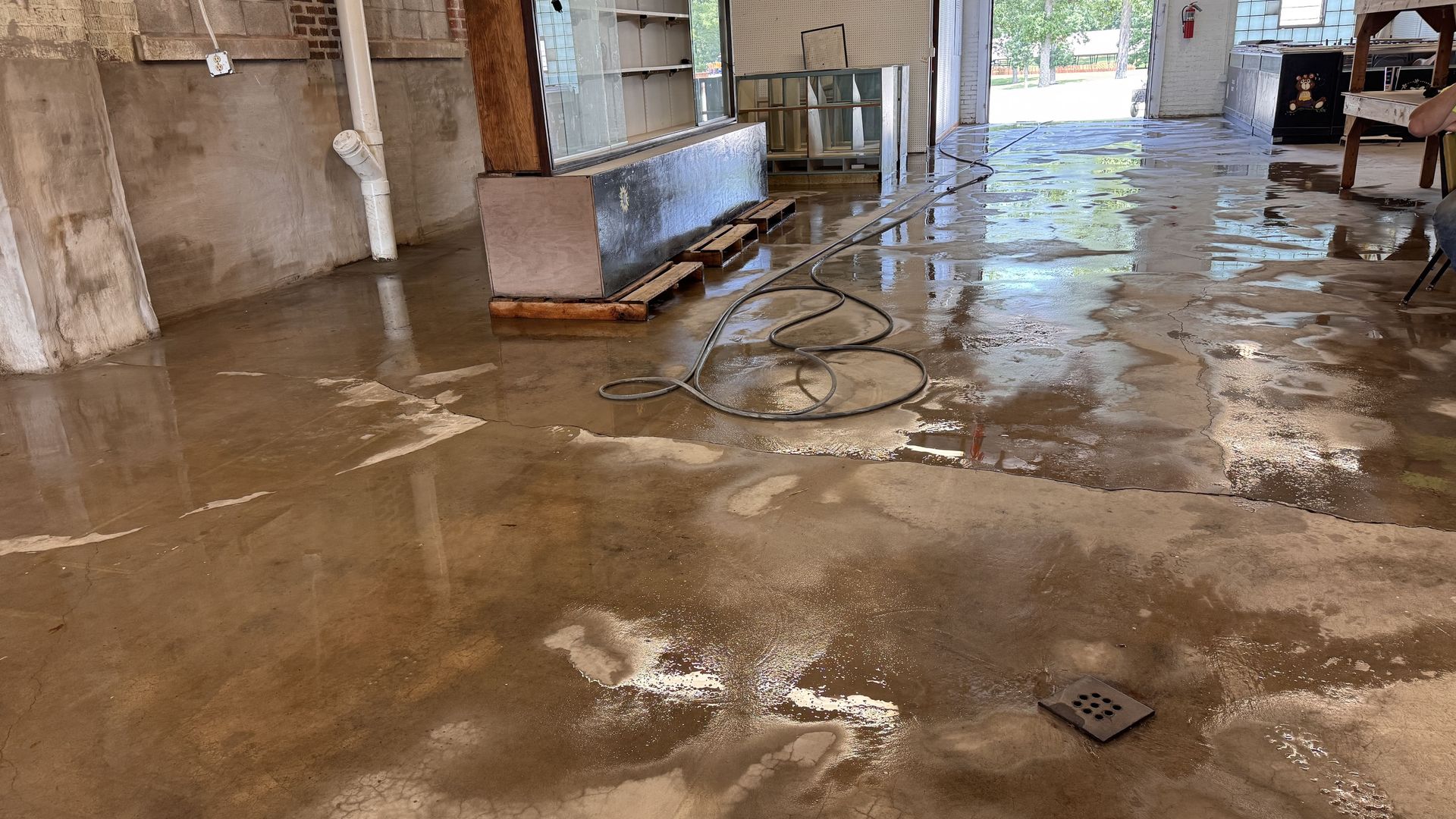
A Strong Outcome for a Structurally and Historically Important Building
The Meeker Hall project reflects the type of structural stabilization work RestoreWorks is trusted to deliver: durable repairs, informed material choices, and clear coordination across trades. For project managers, engineers, architects, and building owners who manage aging masonry in public or historically sensitive environments, RestoreWorks brings the expertise needed to execute cleanly and correctly, on time, and with respect for the building’s history.



